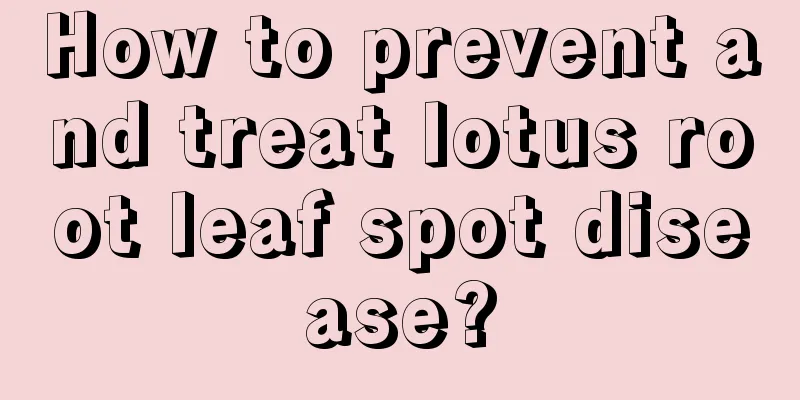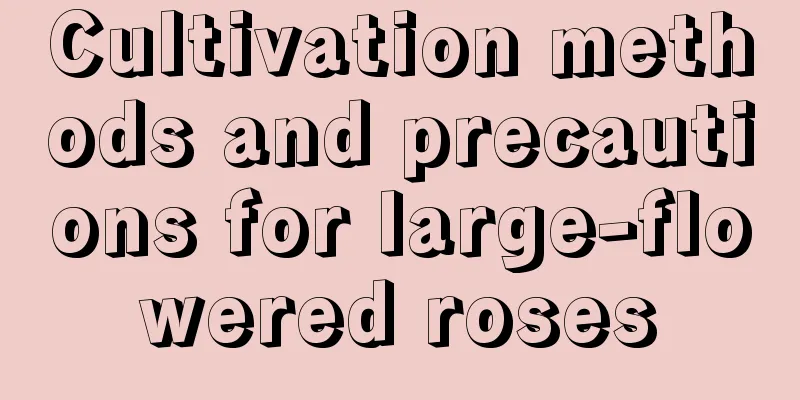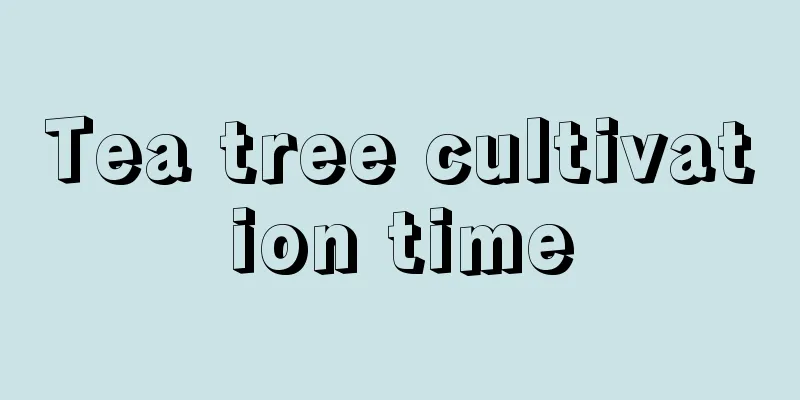Cultivation methods and precautions of creeping grass

Family farming methodssoilAlthough creeping grass is easy to maintain, it is best not to grow it in poor soil at home, otherwise it will show signs of weak growth and its leaves will turn yellow, affecting its ornamental effect. It can grow in garden soil, neutral soil and sandy loam. It has strong vitality and can take root as soon as its stems fall to the ground. When planting, an appropriate amount of organic fertilizer must be applied to the soil, which can be crushed cottonseed cake, sesame paste residue or dried chicken manure. Temperature and lightTemperature: The suitable growth temperature for creeping grass is 15℃ to 28℃. Low temperatures in winter can cause frostbite or even death. Light: Creeping grass avoids strong light environment, and its leaves will turn yellow when exposed to strong light. It is advisable to use scattered light for maintenance and provide appropriate shade in summer. Water and fertilizer managementWatering: The creeping grass grows fast and requires a lot of water. It grows well under certain shade conditions. The soil in the pot needs to be kept moist. Fertilization: Apply a small amount of compound fertilizer once every half month during the growth process. Water immediately after fertilization to prevent the fertilizer from burning the stems, leaves or roots. Reproduction methodCreeping grass can be propagated by seeds or asexually, that is, by branch cuttings, division or layering, and is very easy to survive. Propagation is usually by division or cuttings. Division should be carried out in early spring, while cuttings can be taken at any time. PrecautionsSafe winteringCreeping grass is not cold-resistant and will show signs of frostbite, yellowing and drying of leaves in the low temperatures of winter. In order to keep it overwintering, some protective measures are needed. The creeping grass hibernates in winter. After its leaves wither, it should be watered with enough cold-proof water to help it survive the winter better. The potted plant can be placed in a weak-light place indoors in winter. To help it hibernate better, the supply of water and fertilizer should be controlled. If the soil in the pot is too wet, the roots will rot and die easily. Common pests and diseasesCommon pests of creeping grass: scale insects Common diseases of creeping grass: gray mold, anthracnose, powdery mildew |
<<: Cultivation methods and precautions of potted Sophora japonica
>>: Cultivation methods and precautions for banyan bonsai
Recommend
What are the cultivation methods and precautions of drug-absorbing grass
Method of cultivating drug-absorbing grass The dr...
How to propagate asparagus fern by cuttings
1. Choose cuttings When choosing branches for cut...
Cultivation methods and precautions of small green vegetables
1. Soil The root system of green cabbage is relat...
How to trim the big pagoda water grass
When to trim the big pagoda water grass The big p...
When should autumn coriander be planted in Northeast China?
Coriander, also known as cilantro, is a vegetable...
What to do if asparagus fern leaves turn yellow
1. Increase the temperature Reason: If the temper...
How to grow chicory
1. Maintenance methods 1. Temperature: It is a wa...
Can windmill jasmine be hydroponically cultivated? (Cultivation methods and precautions for hydroponically cultivated windmill jasmine)
Windmill Jasmine Hydroponics Windmill jasmine can...
How to Plant Mangosteen Seeds
Mangosteen Seed Introduction Generally, the seeds...
How to plant the lucky tree? Planting time and method
Lucky tree planting time The lucky tree is suitab...
Ginkgo fertilization time and method, what fertilizer to use for ginkgo trees in winter
1. Fertilization time Ginkgo is a plant that like...
When are peaches ripe?
1. Maturity Time There are many varieties of peac...
Money tree and Clivia...the leaves are turning yellow and spots appear, save them quickly, otherwise the flowers will not live long!
What happened to the green leaves suddenly fallin...
How often should I water my green radish?
1. Watering principles Pothos is a relatively moi...
Why does the mimosa close when touched? Does the mimosa close at night?
1. The reason why Mimosa closes when touched Mimo...









